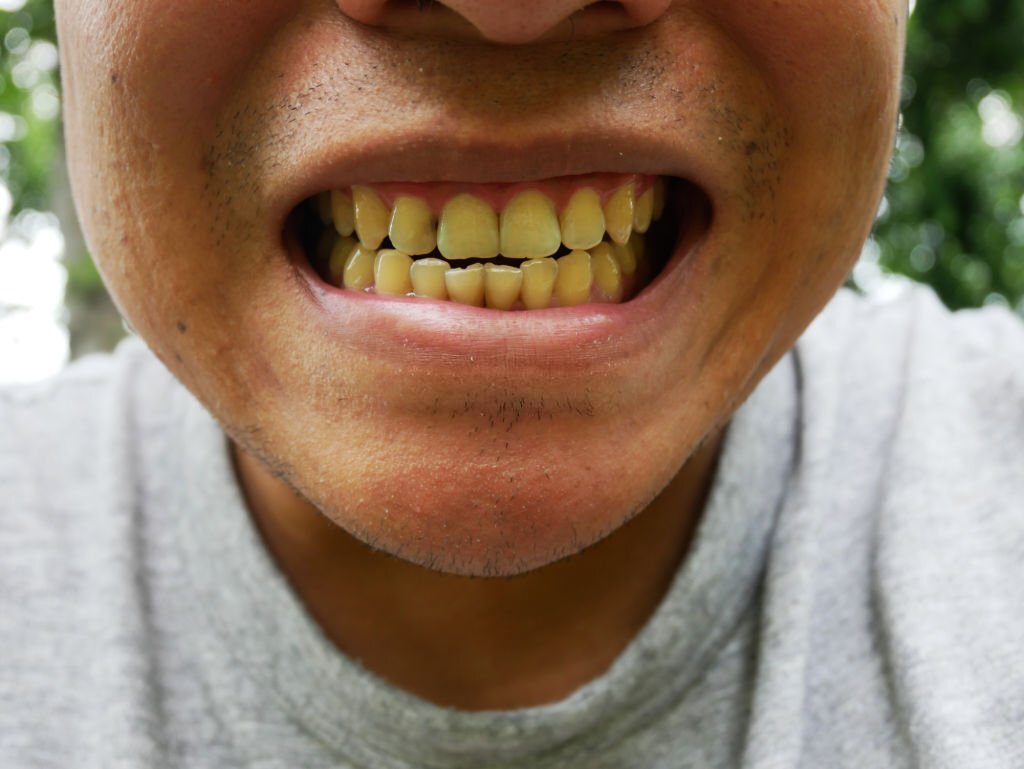Introduction
Wine has been a celebrated beverage for centuries, enjoyed for its rich flavors and ability to accompany a variety of occasions. From dinner parties to romantic dinners, wine has found its place as a social lubricant and a symbol of sophistication. However, as with any alcoholic beverage, there are potential downsides to its consumption, particularly concerning dental health. In this blog, we will explore the effects of wine on your teeth and offer practical tips to mitigate any negative impacts, allowing you to enjoy your favorite wines responsibly without compromising your oral health.
Understanding Wine Composition
To comprehend how wine affects teeth, it’s essential to delve into its composition. Wine primarily consists of water, alcohol, acids, and sugars, and its color can vary depending on the grape type and winemaking process. Red wine, for example, contains dark pigments that can lead to staining, while white wine has higher acidity levels.
Effects of Wine on Dental Enamel
The dental enamel, the outermost layer of the teeth, is vital for protecting the underlying dentin and pulp. However, it is susceptible to erosion caused by acids found in various foods and beverages, including wine. Wine’s acidity can lead to enamel erosion, weakening the protective barrier and making teeth more prone to sensitivity and cavities.

Red Wine and Teeth Staining
One of the most apparent effects of wine on teeth is staining, especially with red wine consumption. The dark pigments in red wine, known as chromogens, can adhere to dental enamel, leading to a gradual buildup of stains over time. Regular consumption of red wine, without proper oral hygiene measures, can result in a noticeably darker smile.
White Wine and Acid Erosion
Although white wine lacks the deep pigments of red wine, its higher acidity poses a different set of challenges to dental health. Acidic beverages, such as white wine, can erode dental enamel over time, leading to tooth sensitivity and an increased risk of cavities. Additionally, acid erosion can roughen the tooth surface, making it more susceptible to staining from other foods and drinks.
Dry vs. Sweet Wines
When considering the effects of wine on dental health, it’s essential to distinguish between dry and sweet wines. Dry wines have less residual sugar, which means they are less likely to contribute to tooth decay compared to sweet wines. The sugar content in sweet wines provides an ideal environment for harmful bacteria in the mouth to flourish, leading to an increased risk of cavities.
Tips for Minimizing Wine’s Impact on Dental Health
Moderation is Key:
Enjoy wine in moderation and limit its consumption to avoid excessive exposure to acids and sugars that can harm teeth.
Use a Straw:
When drinking wine, particularly acidic white wines, consider using a straw. This can help direct the liquid past the teeth and minimize contact with dental enamel.
Rinse with Water:
Swish and rinse your mouth with water after consuming wine to help neutralize acids and wash away residual sugars and pigments.
Don’t Brush Immediately:
Avoid brushing your teeth immediately after consuming wine, especially if it’s acidic. Wait at least 30 minutes to allow your saliva to remineralize your teeth and restore the pH balance in your mouth.
Opt for Cheese and Crunchy Foods:
Cheese and crunchy foods like vegetables or nuts can help neutralize acids in the mouth and promote saliva production, aiding in the removal of wine residues.
Practice Good Oral Hygiene:
Brush your teeth twice a day with fluoride toothpaste and floss daily to maintain healthy dental hygiene, reducing the impact of wine on your teeth.
Conclusion
While wine can be a delightful addition to social gatherings and meals, it’s essential to be aware of its effects on dental health. The acidity and pigments in wine can lead to enamel erosion and staining over time, compromising oral health if not addressed properly. By enjoying wine in moderation, using straws, rinsing with water, and maintaining a good oral hygiene routine, you can continue to savor the pleasures of wine without sacrificing your precious smile. Remember, a responsible and balanced approach to wine consumption will allow you to preserve both your dental health and your love for this time-honored beverage. Cheers to enjoying wine and maintaining a healthy, radiant smile!


